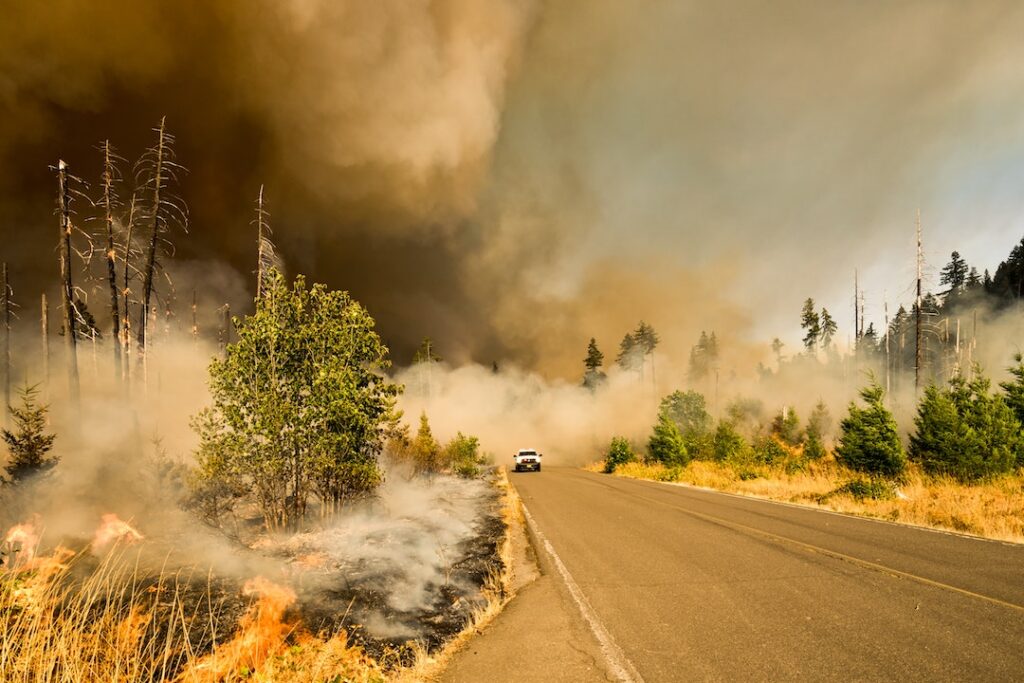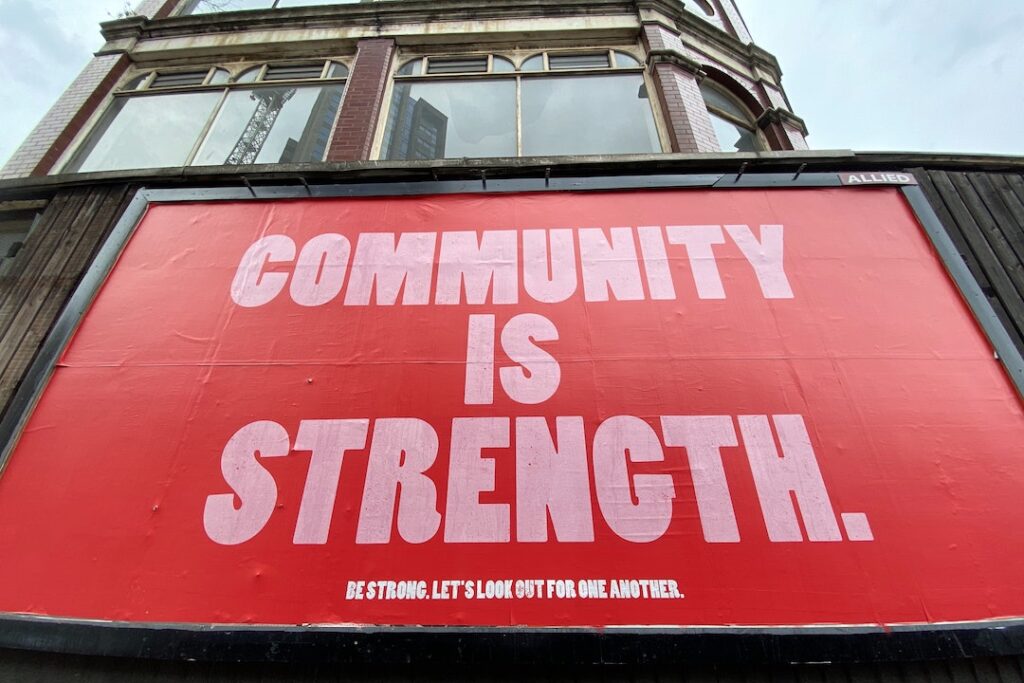While there’s no way to prevent many of the challenges and disasters we face, we can look beyond our bureaucrats to our local business and community leaders to guide us through hard times, says Professor Daniel Aldrich.
Australia regrettably is no stranger to disasters and shocks. Over the past two years alone, individuals affected by fire and flood have filed more than A$6 billion in insurance claims. The recent bushfires, hail storms, and East Coast flooding have taken lives, destroyed homes and businesses, and upended lives across the nation. This short period of multiple catastrophes is not an outlier as most forecasters see more hazards ahead and therefore higher societal costs as global climate change accelerates. The COVID-19 pandemic has further hurt communities and businesses through lockdowns, stay at home orders, and physical distancing.
Standard approaches to handling shocks and hazards remain rooted in a variety of older management and response styles, including top down, command and control, government-led planning and reconstruction activities, and physical infrastructure-focused recovery. For example, decision makers often seek to set up military chain of command types of institutions to direct the flow of goods and services. Too often local communities have little say in the reconstruction planning process. And much of the emphasis on rebuilding revolves around structures – roads, bridges, dams, and other grey infrastructure. To help deal with the sprawling set of issues involving mitigation, response, and recovery, Australians now have the National Recovery and Resilience Agency to help.

The strength of community
The NRRA will be an important ally as Australia looks to better prepare for and recover from these events. But a growing body of evidence has demonstrated that it is residents, local businesses, and their networks themselves that serve as the foundation of resilience. During shocks and catastrophe, neighbours, business owners, clubs, schools, and faith based organisations serve as the bedrock of recovery. This is because the social connections in the community – not its roads, bridges, and dams – help coordinate actions, provide information and assistance, and guarantee a bottom up vision for policy decisions.
For example, even before a disaster like a fire or a hurricane reaches a community, our connections to people living nearby can save our lives. Well before official rescue or police personnel arrive, neighbours knock on doors, bring around cars and vans to transport the infirm and elderly, and get others out of harm’s way. Even before Japan’s 3/11 tsunami arrived, communities along Japan’s coast with stronger connections to their neighbours were the ones with the lowest casualties from that massive wave. Once a disaster has passed, stronger connections between the community can help ensure that the reconstruction proceeds according to local visions, not a plan designed by technocrats hundreds of kilometres away.
The importance of keeping things local
Alongside the residents of the community, local business owners and operators – people who lead, own and operate businesses across Australia – also serve as a critical asset to building resilient communities. Socially and economically vibrant communities depend on local residents being locally employed and then keeping local money in local economies.
Interviews with hundreds of people living in New Orleans, Louisiana after Hurricane Katrina in August 2005 showed the importance of these local entrepreneurs in the recovery process. These residents see needs in the community – whether a coffee house, dry cleaning shop, ice cream parlour, or car repair service – and have roots and interest in ensuring that the community recovers.
How important are businesses in the recovery process?
Margareta Wahlstrom, UN Special Representative of the Secretary General for Disaster Risk Reduction, recently pointed out that “The private sector is the perfect advocate for resilient thinking because of its direct relationship with customers, suppliers and everyone in between. A private sector committed to disaster risk reduction can steer public demand towards materials, systems and technological solutions to build and run resilient communities.”
In short, more than outside experts or government agencies, local entrepreneurs and businesses simultaneously are embedded in the local economy and enhance it. Business owners on local councils and regulatory boards – whether in the Blue Mountains or Sydney – regularly help coalesce public opinion around a focused vision or goal, a particularly important skill after disaster when the future remains unclear.

But small, local businesses may face serious challenges, including a lack of long term savings, small profit margins even before a loss in income, and inadequate insurance coverage from disasters.
Businesses may worry that they are not experts in disasters and recovery and face an uphill battle now and in the future. But a number of new cross-disciplinary, cross-sector partnerships have sprung up to offer expertise and guidance. Thanks to the work of Australia based organizations like the Recovery Capitals (ReCap) group at the University of Melbourne under the direction of Professor Lisa Gibbs and the Resilient Australia Alliance under the leadership of Renae Hanvin new public-private-academic partnerships can tackle recovery and resilience together.
We cannot avoid disasters and shocks. No physical infrastructure can protect our communities from threats to come. But we can invest in the residents, horizontal associations, and businesses that will – through their connections, local knowledge, and desire to rebuild – serve as the foundation for resilience.

Daniel Aldrich is professor of political science and Director of the Security and Resilience Studies Program at Northeastern University. He researches post-disaster recovery, countering violent extremism, the siting of controversial facilities and the interaction between civil society and the state. Aldrich is a contributor to the New York Times, CNN, The Conversation, and the Asahi Shinbun, among other media.
Looking for more interesting op-eds from thought leaders around the globe?
Billionaire boys club now reaching for the stars

